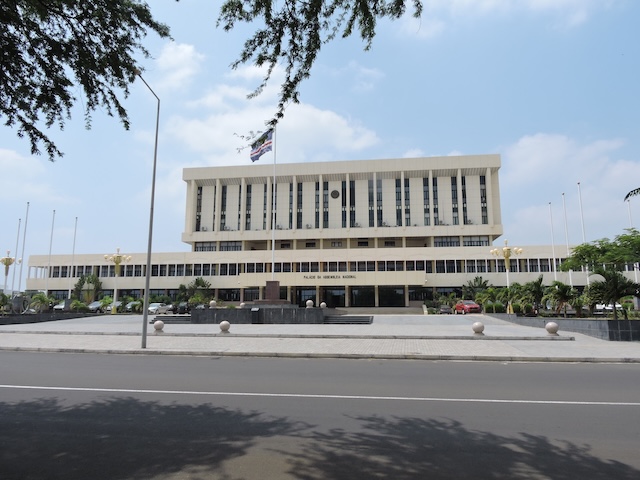On 22 June 2017 the Platform for Collaboration on Tax (PCT) published a toolkit with guidance for developing countries on dealing with the problem of accessing appropriate comparable data when preparing a transfer pricing study. The PCT was set up by the IMF, OECD, UN and World Bank at the request of the G20 group of countries to recommend mechanisms to ensure effective implementation of technical assistance programs.
The toolkit has been finalized following the issue of a consultation draft in January 2017 and consideration of comments received. It forms part of a series of reports to be issued by the Platform to help developing countries strengthen their tax systems. Reports have previously been issued on tax incentives and external support for building tax capacity in developing countries.
The toolkit is entitled “Addressing Difficulties in Accessing Comparables Data for Transfer Pricing Analyses”. It examines ways in which developing countries can overcome the lack of data required to implement transfer pricing rules. This data is needed to determine whether the prices the enterprise uses accord with those which would be expected between independent parties.
The toolkit concludes that effective areas that could helping developing countries to more effectively deal with transfer pricing issues include the use of safe harbors; making better use of data available to the tax administration while protecting taxpayer confidentiality; and developing a framework for the selection and application of the most appropriate transfer pricing method.
Safe harbors
The toolkit looks at important issues relating to the adoption of safe harbors in the transfer pricing rules and minimizing harmful outcomes such as double taxation. It looks at the process of setting a suitable safe harbor amount that is in line with the arm’s length principle, for example by referring to data already held by the tax administration or by collaborating with other tax administrations. Taxpayers could be allowed to opt out of a safe harbor regime, in exchange for bearing the burden of proof in demonstrating compliance with the arm’s length principle.
The tax administration must however ensure that transactions falling within the safe harbor regime are also within the scope of double tax treaties and the provisions on relief from double taxation. Developing countries could consider developing safe harbor regimes in cooperation with their major trading partners.
Data available to tax administrations
Data submitted to tax administrations by taxpayers in their tax returns and other documents can be relevant to comparability analyses. Although this normally cannot be used in tax audits owing to confidentiality issues the toolkit notes that the tax administration could test the feasibility of using this information in a way that maintains taxpayer confidentiality. An international database could be created from data held by tax administrations, presented publicly in a form that maintains the confidentiality of the taxpayers that were the source of the information.
The data could be used to create safe harbor margins or ranges and could be used to test the validity of potential comparables from particular markets, or to test a foreign party to a transaction. Countries could use the data to identify arm’s length profit margins of enterprises operating in their country, analyzing certain profit level indicators of enterprises in particular business sectors. A process could be considered for verifying the accuracy of the information such as an independent internal audit. Country data could also be used in a centralized database of financial data, aggregated for categories of transaction in each country.
Selecting the most appropriate transfer pricing method
Accurate delineation of the transaction resulting in selection of the most appropriate method will significantly impact the allocation of profit between countries and counter tax avoidance. For transactions involving sale of commodities or other property for which the comparable uncontrolled price (CUP) method is appropriate the arm’s length price may be found by reference to a quoted price where this is available.
For transactions where a one-sided method is appropriate an evaluation of the economically relevant characteristics of the transaction will enable best use to be made of any available information on comparables. On the other hand if a profit split method is most appropriate the data on comparable transactions may not be required. In other cases where there is significant risk of tax loss and data is not available or capacity is not sufficient to apply one of the above methods, countries could look at an anti-avoidance measure such as that outlined in BEPS Action 4 in relation to the deductibility of interest.














